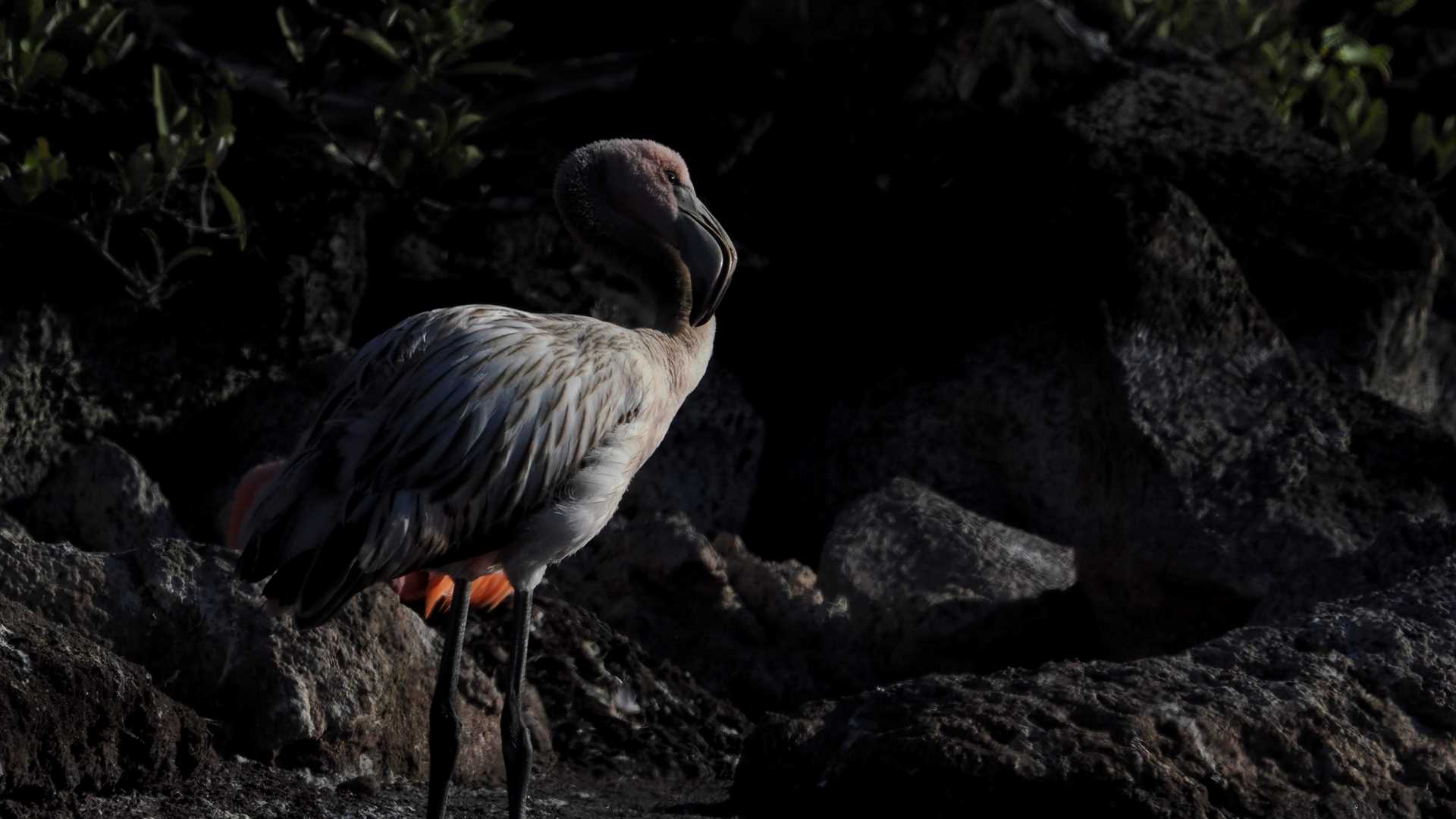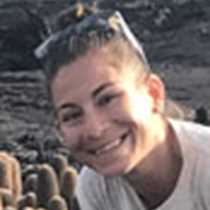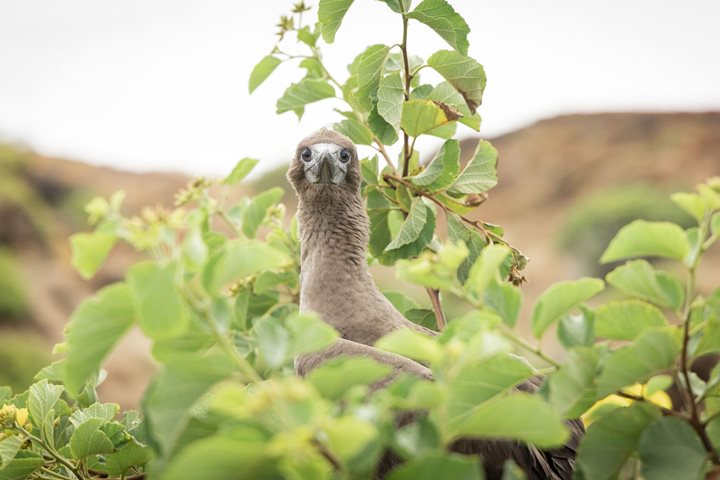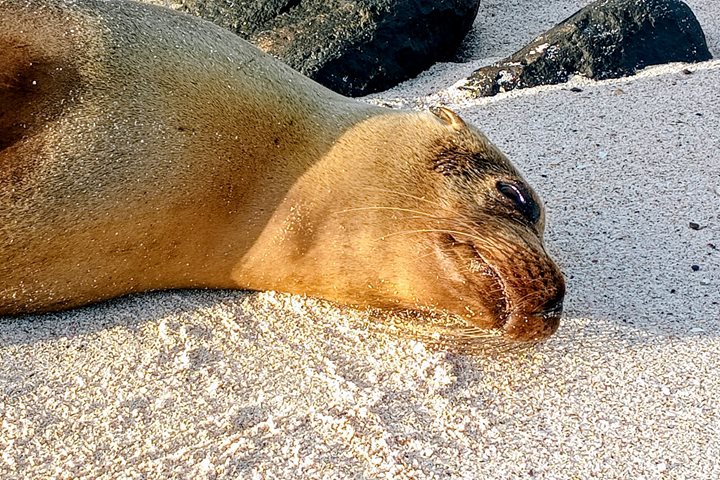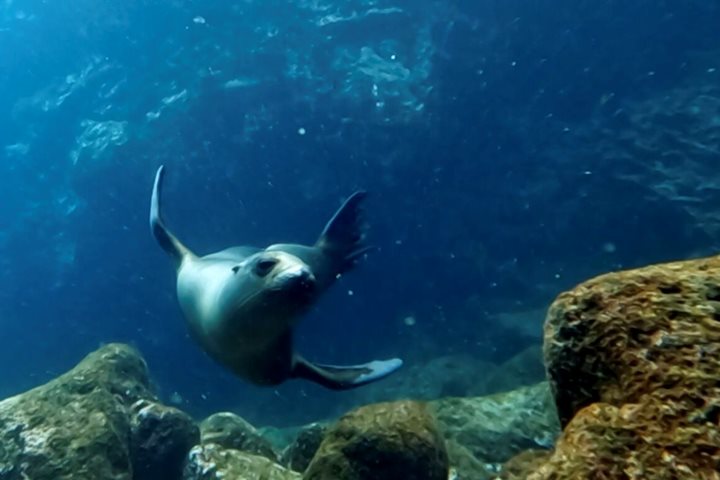Today was another amazing day in the paradise we call the Galapagos. We visited the very small island of North Seymour, which happens to be one of the few nesting sites for blue-footed boobies that can be visited by foot. Blue-footed boobies are not the only attraction at this site, though. The site is also home to the largest colony of frigatebirds on the islands and a large and healthy population of land iguanas. Charismatic Galapagos sea lions stole the attention of our guests, who tried to photograph the sea lions from various angles.
Photographing in the Galapagos can be quite easy because of the very short distance between animals and visitors. It is truly one of the last pristine national parks in the world, and the animals live in harmony in the presence of humans.
In the afternoon, we engaged in our first snorkeling activity on Rabida Island, which is famous for its red sand and dramatic landscapes. A colony of sea lions mesmerized our guests, who enjoyed observing a sea lion pup move gracefully while waiting for his mom to come back from fishing.

